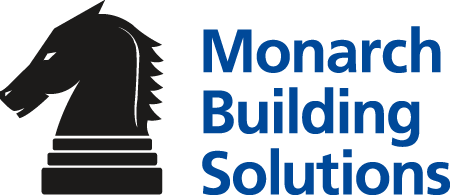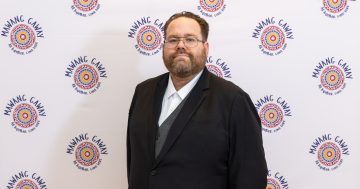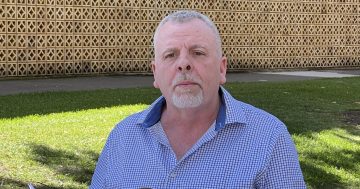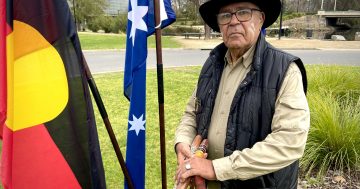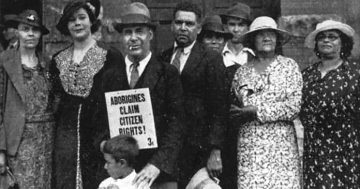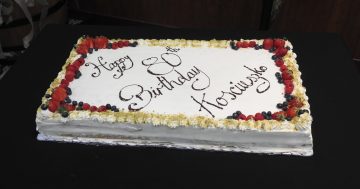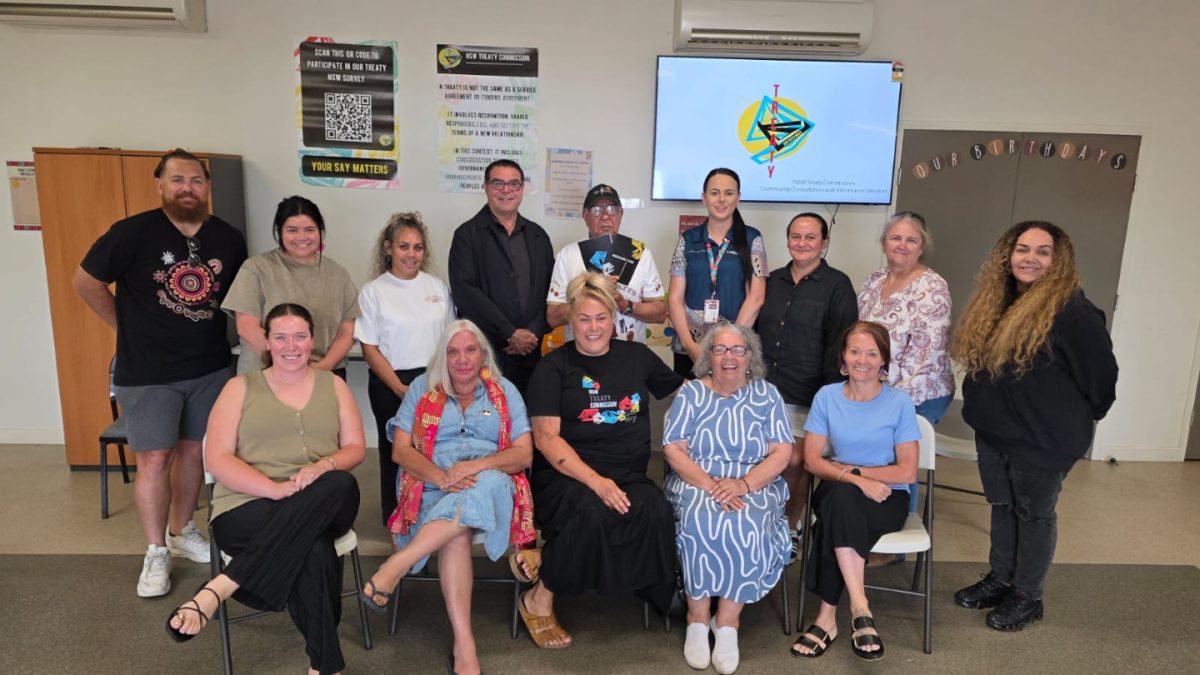
A treaty consultation kicks off in Wagga Wagga. Photo: Treaty NSW Facebook.
Consultations for a treaty with First Nations people have come to Wagga, leaving people confused about what a treaty means and how it’s different from the Voice, a referendum voted on and soundly defeated in 2023.
When Region reported on this, there were more than 400 comments on Facebook, with some of them highlighting a lack of understanding.
One commenter predicted the future: “Lordy, this post will trigger those who don’t know the difference between a treaty and a voice to parliament.”
Sure enough, another person asked: “Didn’t Australia vote no?”
“What part of NO don’t you understand? The N or the O,” was another comment.
What is a treaty?
A treaty is essentially a contract that outlines how two or more parties should interact and work together. It is not necessarily about financial compensation or land rights.
The terms or subject of a treaty are first negotiated between the parties and then put through a legislative process, meaning a treaty would have to be introduced in parliament, debated and only become law if passed.
Victoria established a First Peoples’ Assembly (Gellung Warl), granting Victorian First Nations people the power to make decisions on matters directly affecting their community.
Canada has signed a number of treaties with First Nations people, some of which do include financial compensation or other entitlements in exchange for ancestral land or resources.
Between 1788 and 1871, 370 treaties were signed between the US Government and First Nations people which established borders, and set out rights and responsibilities between the parties.
There are more examples here.
Unlike the proposed Voice to Parliament, a treaty would not be applied Australia-wide and not decided through a referendum, where citizens vote on a proposed change at a federal level.
A treaty is a state-level initiative and different in each case.
In NSW, it is about resetting the relationship between the State Government and NSW First Nations people through recognition and truth-telling, with an emphasis on lifting barriers through highlighting Indigenous history, language and culture.
Wagga Women’s Health Centre president Vickie Burkinshaw said a treaty could allow consultation with First Nations people to be “structurally embedded” in decision-making regarding their cultural affairs, rather than as an afterthought.
“They’re about moving forward, let’s just hit reset,” she said. “Let’s just look at what a relationship with government looks like in a proper, non-disjointed way.”
What would it look like?
There is no set template for a treaty, but there are examples to draw from.
No two persons will give the same response, but Wagga First Nations elder Uncle Hewitt Whyman and Wiradjuri man Bernard Higgins agree that language is important.
Mr Higgins hopes someday Wiradjuri children will be able to learn the language in school.
“Let’s look at the history of when colonisation began in NSW and how it impacted on First Nations people,” Uncle Hewitt said.
“Language is important. Say we might be Aboriginal people or First Nations, but people are shying away from Indigenous because it is more specific to the cause.”
The elder highlighted that Australia was one of the only countries that didn’t have a treaty in the Commonwealth family. He hopes that a treaty will include truth-telling.
Ron Lawler, a consultant and ally, agrees that truth telling is necessary.
“My view is that we, non-Indigenous people, need this treaty as much as Indigenous people,” he said.
“It goes to the integrity of our country. I feel that we will become a more inclusive country if we do this.”
So, how would it affect non-Indigenous Australians?
Would a treaty put Australians at risk of losing ownership of land, farms and homes?
Mr Higgins has been hearing that since he was a kid, but said this fear remains a fiction.
He said that apart from lifting barriers for Aboriginal people, the average Australian wouldn’t see any difference.
Currently, there is a gap between First Nations people and their non-Indigenous counterparts in receiving education, healthcare and employment.
Western-focused education systems often don’t reflect Indigenous perspectives, languages and cultural heritage. Lack of literacy impacts someone’s employment opportunities, and that affects their ability to access healthcare.
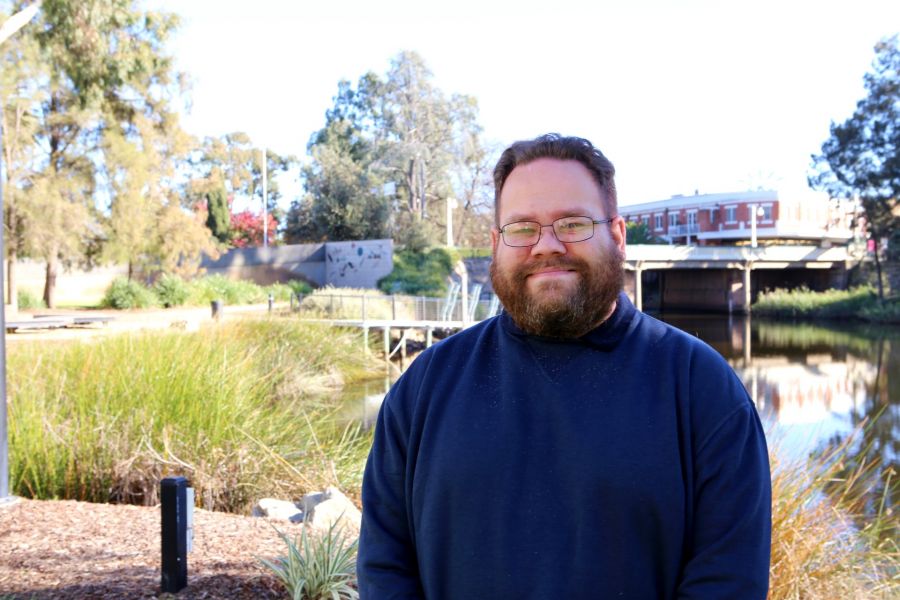
Local animator Bernard Higgins has no interest in working on a farm. Photo: Wagga Wagga City Council.
“Do I look like I want to work on a farm?” Mr Higgins asked.
“Don’t listen to the fearmongering or scare tactics. We’re not coming for people’s farms. It’s just about recognition and being able to be sovereign people.”
What happens next?
NSW Treaty Consultation has just begun.
It is a 12-month, statewide listening process led by three independent Aboriginal Commissioners, appointed to travel across the state and speak directly with Aboriginal communities about one key question.
“Do Aboriginal people in NSW want a treaty or other formal agreement-making processes and if so, what should that look like?”
They will prepare a public report which reflects the views shared by the Aboriginal communities they’ve consulted.
More information on the treaty and other resources are available on the NSW Treaty Commission’s website.




